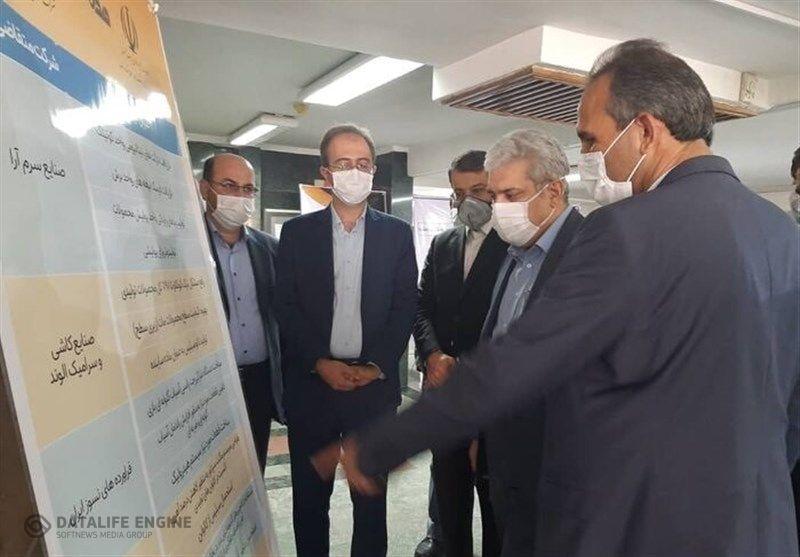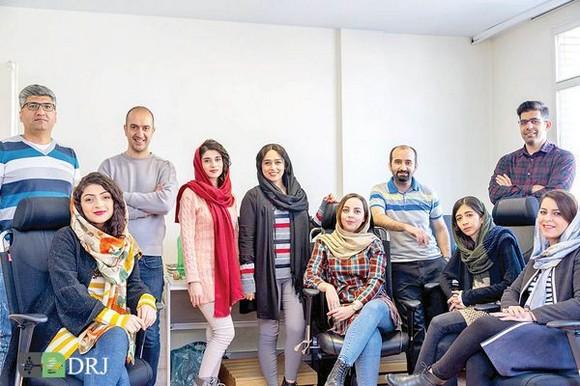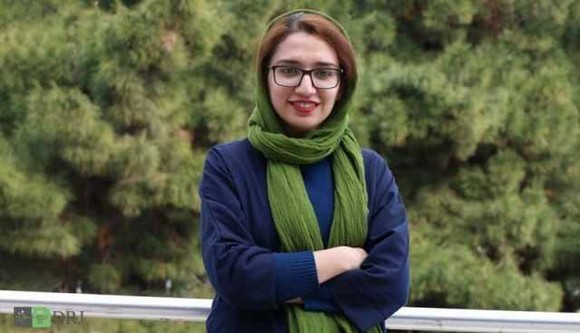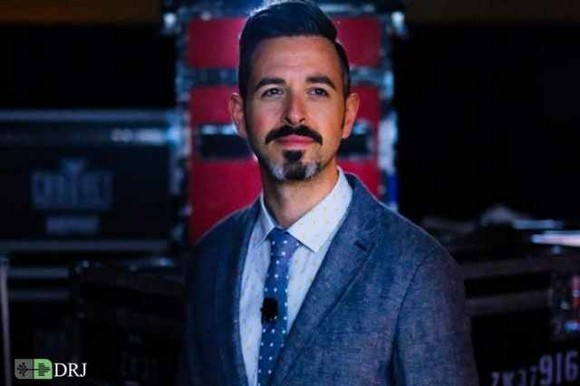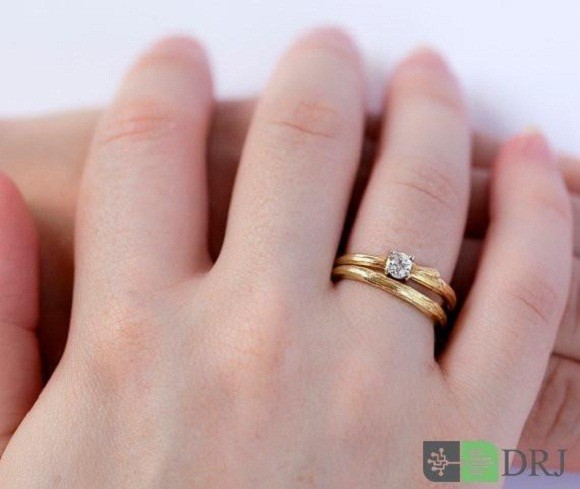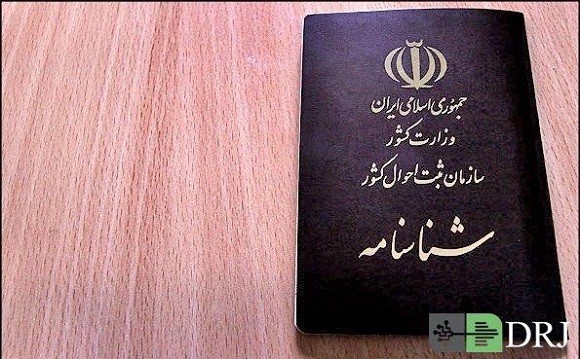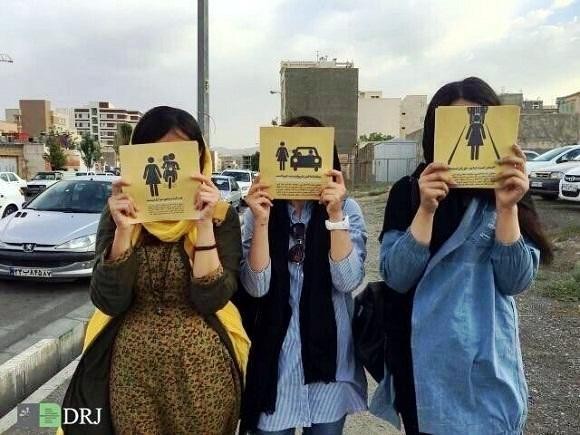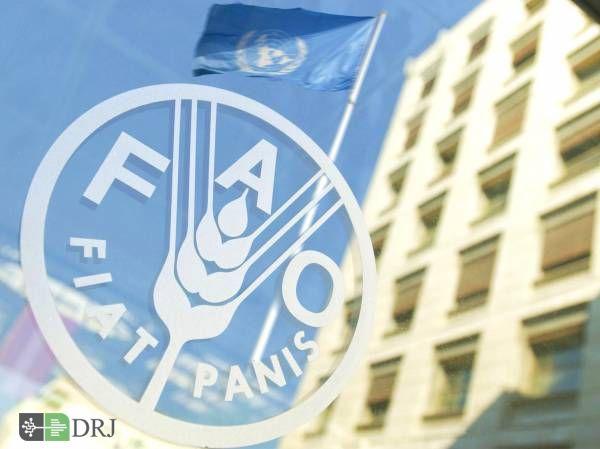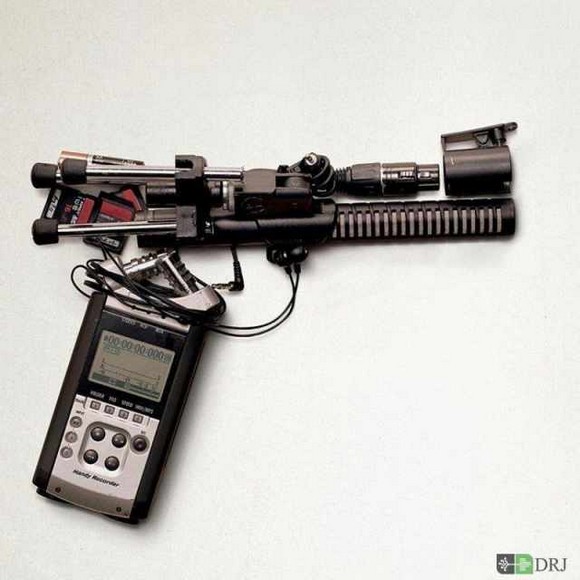Titus Burckhardt
Sidi Ibrahim Titus Burckhardt
1908-1984
Titus Burckhardt , a German Swiss , was of the “traditionalist” or “perennialist” 20th century school of thought , devoting his life to the study of wisdom and tradition . A major voice of philosophia perennis , he was highly articulate in the realms of existentialism , psychoanalysis and sociology , and an exponent of universal truth in metaphysics , cosmology and traditional art . He wrote in German and in French , with a profound simplicity of expression .
Titus Burckhardt was born in 1908 into a patrician family of Basle ( though his birthplace was in Florence ) . His father was Carl Burckhardt , a sculptor . His great-uncle was the art historian Jacob Burckhardt . Frithjof Schuon grew up in Basle at the same time , and Titus and Frithjof spent their early schooldays together , closely aligned in intellect and spirit . Burckhardt attended several art schools in Switzerland and Italy . He thereafter went to Morocco “to seek what the West had lost” . In his years there , he learned Arabic , and studied Sufi classics in their original . ( Later , he translated Ibn `Arabi , Jili , and Shaikh Mulay al-`Arabi al-Darqawi . ) Burckhardt developed a deep and vast knowledge of Islamic art and civilization .
He was the artistic director of the Urs Graf Publishing House of Lausanne and Olten . Here he produced exceptional illuminated manuscripts for publication , and directed a series of volumes entitled Stätten des Geistes ( Homesteads of the Spirit ) . His book , Fez , City of Islam , was part of this series . In 1972 , Burckhardt was commissioned by UNESCO make an inventory of the architectural heritage of Fez , which had been placed on UNESCO’s World Heritage List . To conserve the old city , he recommended a masterplan to safeguard and rehabilitate Fez . In the following three years he was the cultural consultant of an interdisciplinary , multinational team of city planners , architects , restorers , and other specialists , to implement an overall master plan for the city of Fez .
Burckhardt actively participated in the two Festivals of the World of Islam held in London in the 1970’s , and directed the major exhibitions of Islamic Art at the Hayward Gallery in 1976 . His monumental efforts and numerous published works were instrumental in the establishment of graduate programs in Islamic art and architecture as distinct academic fields in universities around the world , and no less contributed to the establishment of the major galleries of Islamic art in many museums throughout the world .
He died in Lausanne in 1984 .
In all of his writings , Titus Burckhardt intimately touched on science and art , piety and tradition , beauty and truth . His quest for the Beautiful was a defining of the science of beauty , a spiritual quest , a search for Truth .
Much of Burckhardt’s writings are in traditional cosmology , which he called the “handmaid of metaphysics” . In Alchemy , Science of the Cosmos , Science of the Soul ( 1960 ) , he presented alchemy as the expression of a spiritual psychology and as an intellectual and symbolic support for contemplation and realization . He brought science and art together into an integral relationship and showed the importance of ‘the science of the properties of things’ ( `ilm khawass al-ashya’ ) in understanding how traditional art transforms the natural objects and materials . For example , he wrote “In the spiritual order , alchemy is none other than the art of transmuting bodily consciousness into spirit: ‘body must be made spirit’ , say the alchemists , ‘for spirit to become body’ . By analogy one can say of Muslim architecture that it transforms stone into light which , in its turn , is transformed into crystals . ” [Art of Islam , p . 211]
What is Islamic art and architecture? Why is Islamic art in fact Islamic? Titus Burckhardt answered these questions as no one had ever done before him . He lectured and wrote profusely on the topic . For him , the primary rules of art are that 1 ) the form of an object , its general form as well as its decoration , must correspond to its purpose , and 2 ) the aesthetic effect of a work should be obtained with a minimum of elements . Burckhardt wrote about the metaphysics of art , and saw the “form” of art as arising from the revelation which encompasses a civilization , and the “matter” of art as the techniques , materials and methods which the civilization employs , and demonstrated that Islamic art’s “form” flows from the Qur’anic revelation and that the source and principles of Islamic art arise from the inner dimensions of the Noble Qur’an . His intimate familiarity with the Qur’an and his vast knowledge of the significance of iconic art enabled him to explain why Islamic art could not be iconic , and why it could however be the locus of Divine Presence without being iconic .
In his essay , “Degrees of Symbolism in Islamic Art” Burckhardt said “the whole world is the symbol of God – to the extent that it does not claim to be other than it is…There is here a whole science whose theme is the reintegration of the multiple in the one , which implies , amongst other things , a union of time and space , a union that is reflected in forms such as that of the muqarnas ( in architecture , the spatial forms known as stalactites ) which , properly speaking is a rhythmical articulation of space . Among the symbols of unity – and it is always a question of ontological unity within the cosmos , and not of transcendent unity as such – the profoundest and clearest is that of light , which the Muslim artist knows how to capture , filter , and crystallize in a thousand different ways . ”
“The ornamental art of the Alhambra is a science , and in order to appreciate it fully it is necessary to know its underlying principles . One of its elements is the arabesque , which is developed in an almost unlimited variety of ways . It is not merely a substitute for figurative art , which is forbidden by Islamic law , for , apart from the fact that this law is diversely interpreted , the arabesque , with its rhythmic repetition serves quite a different artistic purpose than does pictorial art . It does not seek to capture the eye to lead it into an imagined world , but , on the contrary , liberates it from all preoccupations of the mind , rather like the view of flowing water , fields waving in the wind , falling snow or rising flames . It does not transmit any specific ideas , but a state of being , which is at once repose and inner rhythm . . . the purest simile for the manifestation of divine reality ( al-hakika ) , which is the center throughout , in each creature , and in each cosmos , without any being or any thing being able to claim to be in its sole reflection , creating an unending reflection of centers in each other . The “unity of being” ( wahdat al-wudjud ) , however , is expressed in tow different ways in these “spiders webs of God” – by being woven from one single band , and in the way they radiate from many identical centers . ”[ Moorish Culture in Spain , p . 206]
Burckhardt revealed the spiritual significance of Islamic art . He advocated that the highest meaning of all Islamic art is always the Unity , and showed how it reveals and leads to the principial Unity , and as well as how it reflects the mystery of the manifestation of the One in the many , and the multiplicity in that Unity . Titus Burckhardt has been described by Syed Hossein Nasr as a noble scholar who “saw that the true goal of traditional art is to aid us to become ourselves , once again , works of art , to return to our fitrah or the primordial nature we still bear deep within the substance of our being , that primordial nature which is the ultimate work of art created by the Supreme Artisan , the Sani` without the realization of whose Reality there would be no sina`ah or art worthy of the name . ” [“The Vision of Titus Ibrahim Burckhardt”]
Works by Titus Burckhardt
An Introduction to Sufi Doctrine
Sacred Art in East and West
( 1941 ) , Land am Rand der Zeit ( Land on the Edge of Time )
( 1960 ) , Alchemy , Walter-Verlag Ag . Olten; trans . William Stoddart ( 1977 ) , Science of the Cosmos , Science of the Soul , Fons Vitae .
( 1960 ) , Fes , Stadt des Islam ( Fez , City of Islam )
( 1967 ) , Sacred Art East and West , trans . Lord Northbourne , Perennial Books , Bedfont , Middlesex .
( 1970 ) , Die maurische Kultur in Spanien , Callwey , Munich . English edition , Moorish Culture in Spain , trans . Alisa Jaffa , Allen and Unwin , London in 1972 , McGraw-Hill , New York in 1972 , reprinted by Suhail Acadmy , Lahore in 1977 , republished by Fons Vitae , Louisville , KY in 1997 .
( 1972 ) , Marokko
( 1976 ) , Art of Islam: Language and Meaning , trans . J . Peter Hobson , World Islam Festival Trust , London .
( 1977 ) , Mystical Astrology According to Ibn Arabi , trans . Bulent Rauf , Beshara , Sherbourne , UK .
( 1987 ) , Mirror of the Intellect , trans . William Stoddart , State University of New York Press , Albany , N . Y .
See also:
Michon , Jean-Louis ( 1999 ) , “Titus Burckhardt and the Sense of Beauty: Why and How He Loved and Served Morocco” in Sophia , vol . 5 , no . 2 , pp . 113-140 .
Nasr , Seyyed Hossein ( 1999 ) , “The Vision of Titus Ibrahim Burckhardt” in Sophia , vol . 5 , no . 2 , p . 141-154 . .


